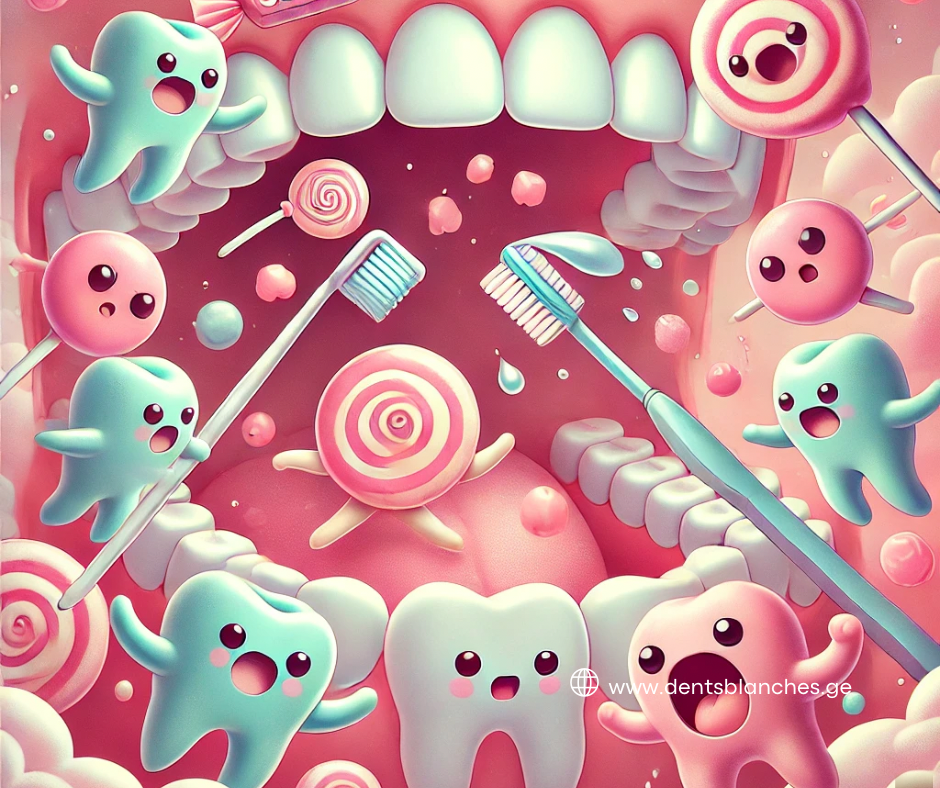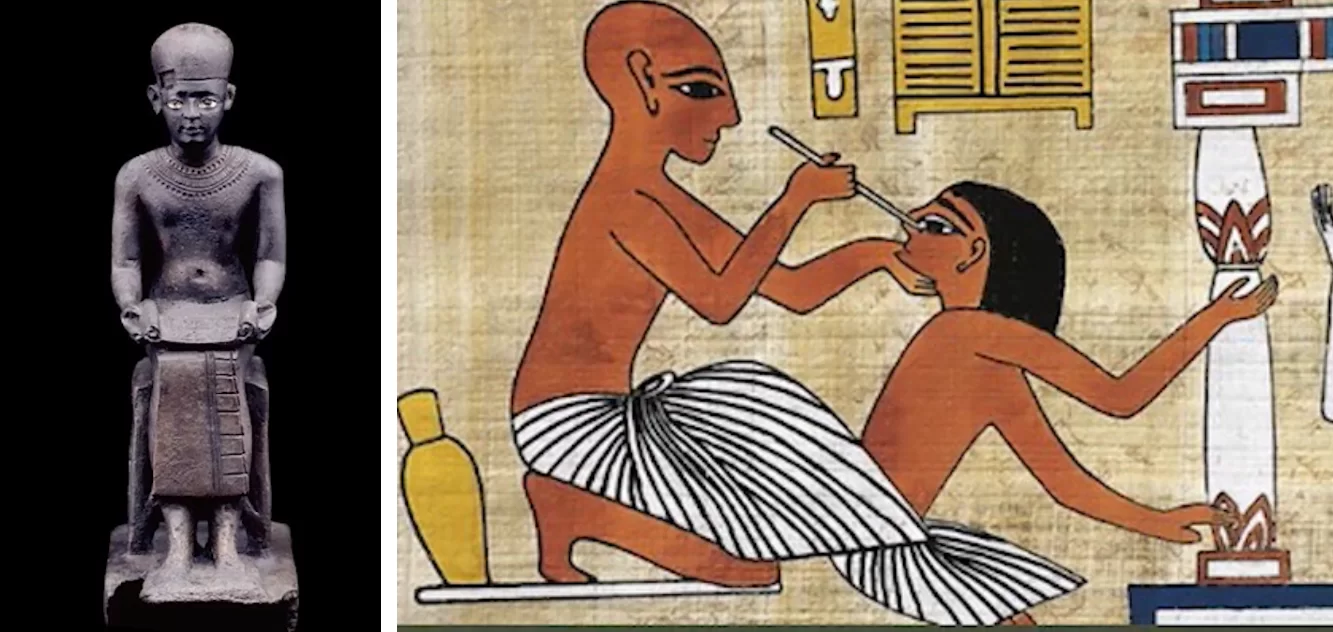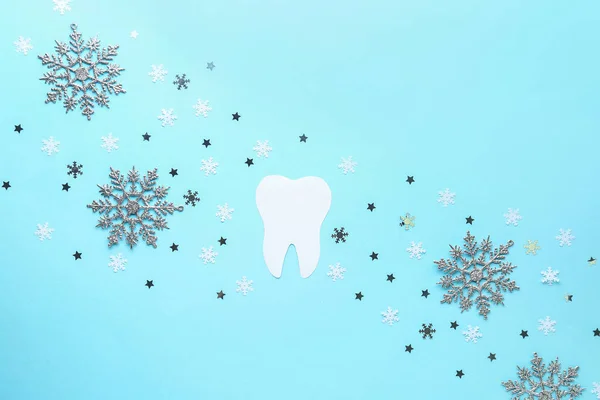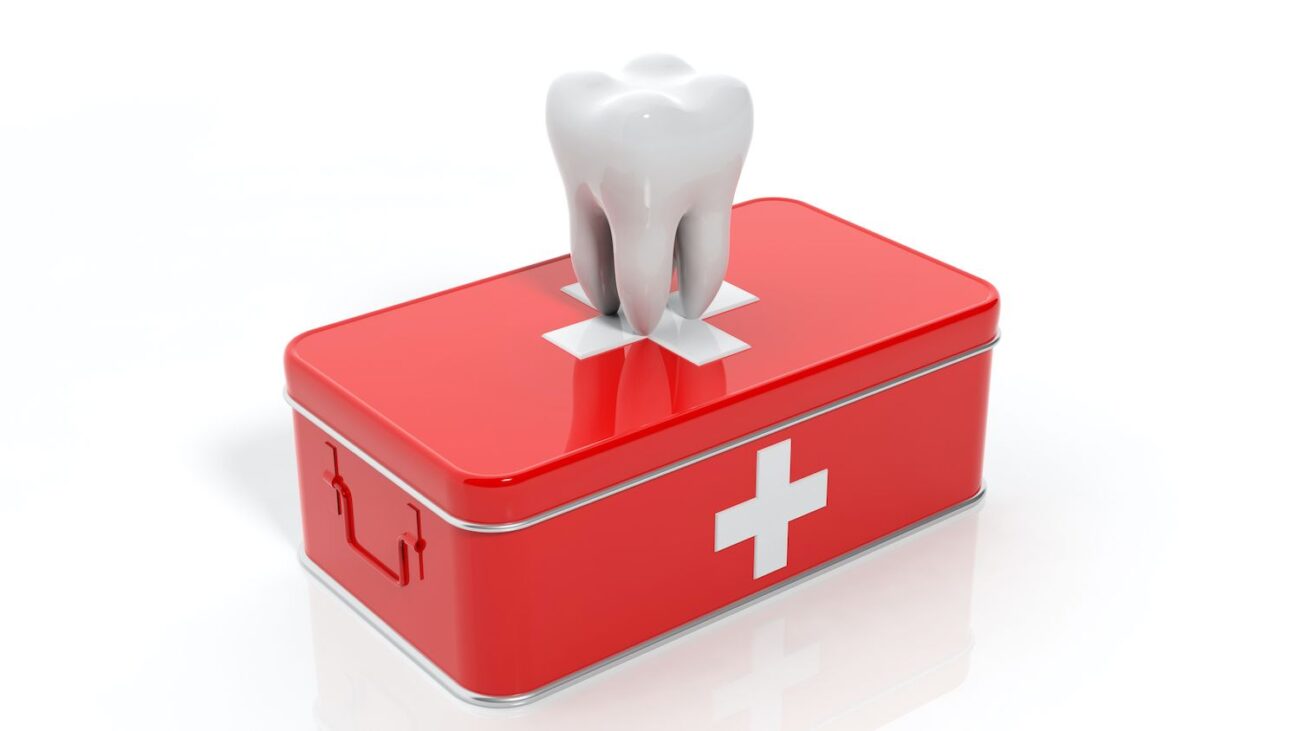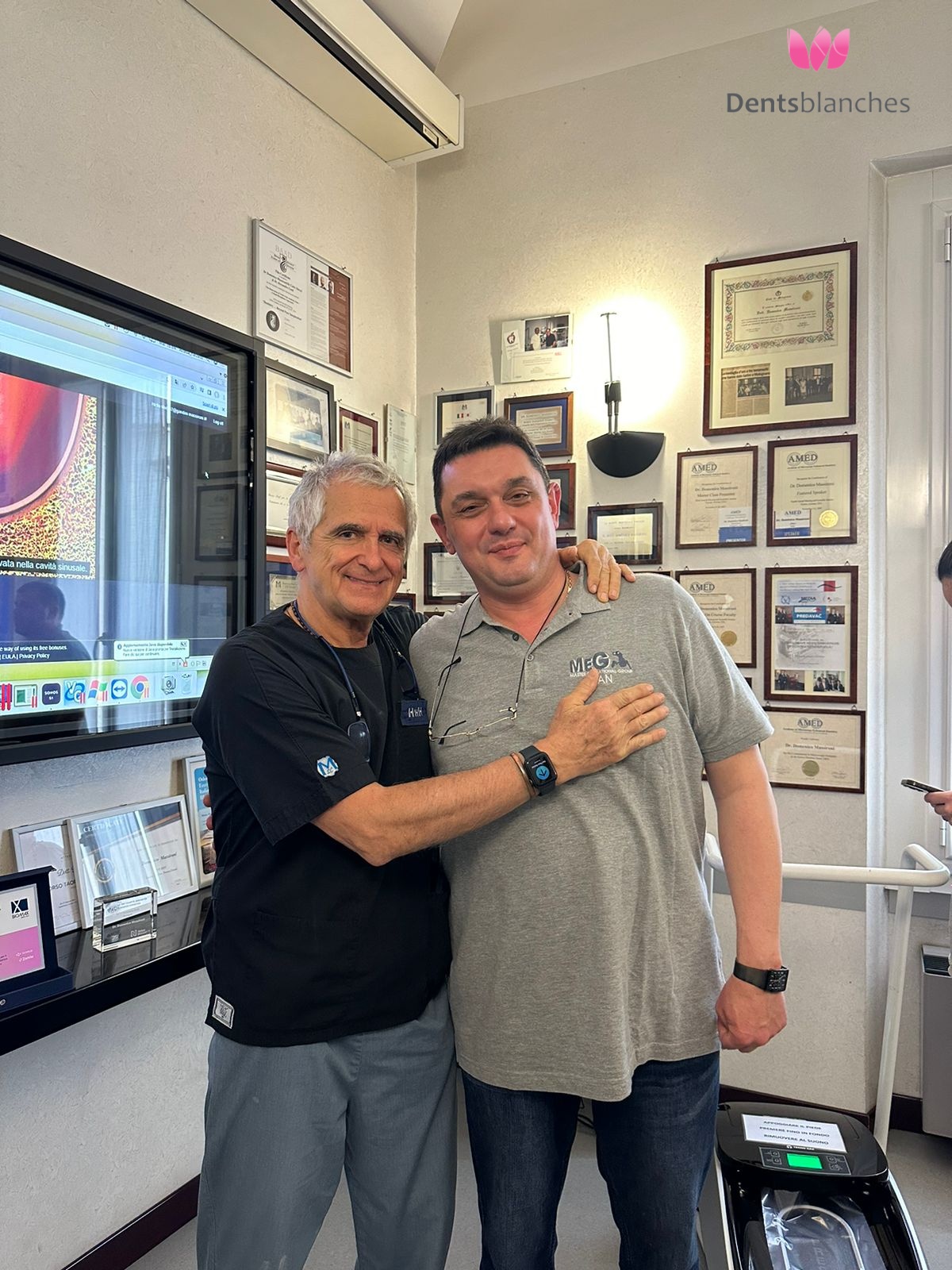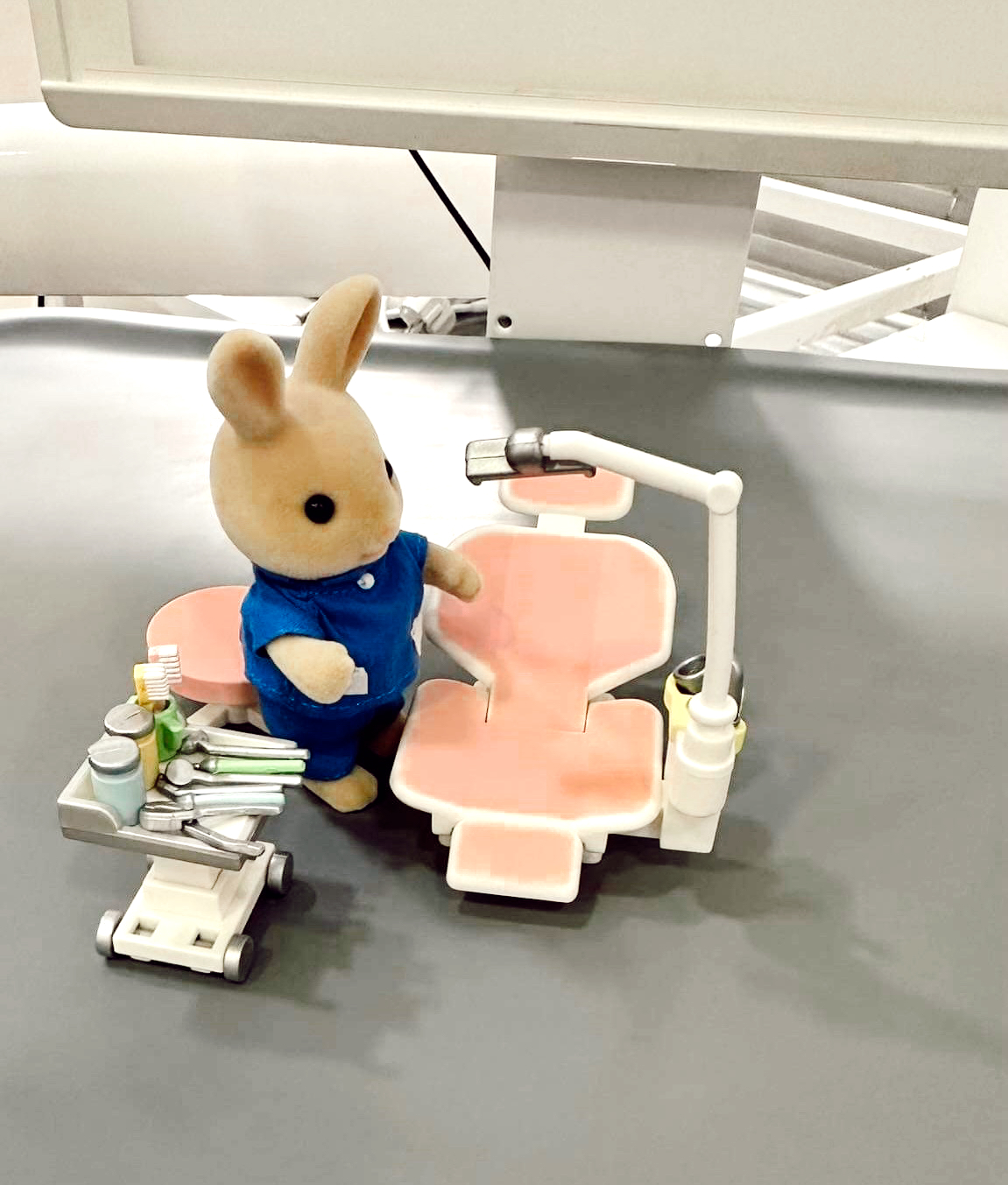Imagine this: you’re sleeping peacefully at night, but inside your mouth, a full-scale rebellion is taking place—an army of sweets is launching an attack! Sugar molecules are singing victory hymns, while cavity-causing bacteria (Streptococcus mutans in particular) celebrate their triumph. They convert sugar into acids and mercilessly attack tooth enamel—the strong fortress that protects your teeth.
Over time, these acids gradually weaken the enamel, causing cracks, while bacteria push deeper and deeper inside. The result? Cavities! And if you don’t take action, you’ll soon find yourself at the dentist’s office, where an ultra-modern drill will remind you that you should have been a little more careful with sweets.
What Are Your Teeth’s Biggest Enemies?
Not all sweets are equally harmful, but some are particularly aggressive against your enamel:
• Sticky sweets (toffees, caramel, dried fruit) – These delicious treats are true professionals at sticking around. They cling to the surface of your teeth for hours, and even a toothbrush struggles to remove them.
• Sugary and acidic drinks (sodas, fruit juices) – A double blow! First, the sugar feeds bacteria, then the acid directly attacks the enamel. It doesn’t matter if it’s “natural” or not—acid is still acid!
• Soft, flour-based sweets (biscuits, pastries, cookies) – They may seem harmless, but in your mouth, they turn into a sticky paste, creating the perfect environment for bacteria to thrive.
How to Protect Your Teeth from a Sugar Attack? Here are some strategies to help you in the battle against cavities: 1. Limit your sugar intake – Especially foods that stay on your teeth for a long time. 2. Drink plenty of water – Water naturally washes away sugar residues. 3. Eat sweets after meals – During meals, saliva production increases, making it harder for bacteria to survive. 4. Use sugar-free gum – It helps boost saliva production and naturally cleanses your teeth. 5. Don’t skip brushing and flossing – Brushing your teeth twice a day and cleaning between them with floss is essential. 6. Stick to your evening routine! – Saying “I’ll brush later” is the worst decision. At night, bacteria are particularly active, and you’re giving them the perfect conditions to thrive. Need Help? Book a Visit! If you feel like you’re fighting cavities alone, schedule an appointment at our clinic! We offer modern, high-quality dental care, covering both preventive treatments and complex procedures. Our experienced and highly qualified specialists stay up to date with the latest medical advancements and use cutting-edge technology to ensure your dental health and a bright smile. Your comfort and safety are our top priorities, so we provide a personalized approach and innovative methods to deliver the best results.
If you think a visit to the dentist can be stressful, imagine living in ancient Egypt and the only way to cure your toothache is to cast a magic spell, extract it using barbaric methods, or use powdered mummified insects.
Fortunately, medicine and dentistry have come a long way – I’ll tell you how below!
Ancient Egypt (3000 BC) – The first dentist is believed to be Hesi-Re, who served as the pharaoh’s personal “tooth healer”. His methods included medicinal herbs, honey and incantations. In cases of unbearable pain, the “healer” could directly extract the “problem” tooth by hand.
Ancient Mesopotamia – The Babylonians believed that toothache was caused by a “worm lodged in the tooth”. Their treatment included magical rituals, and the most daring even tried to “extract” the worm with a hot iron (spoiler: they failed).
Hippocrates and Aristotle (400-300 BC) – They already understood that dental diseases were related to hygiene. Hippocrates advised us to use aromatic juices for our teeth and eat “soft foods” to avoid damaging our teeth.
The Middle Ages: When Barbers Also Practiced Dentistry – In the Middle Ages, dentistry was mainly in the hands of barbers. They not only cut hair, but also “treated” teeth – most often by extracting them. Instead of anesthesia, people had to have mental strength (or just wait until they lost consciousness from the pain).
1575 – Ambroise Paré – This French surgeon was among the first to approach dentistry as a separate science. He created the first professional dental instruments, which were little more sophisticated than the “scissors” used by barbers in the market.
The Renaissance and the Birth of Dentistry
1728 – Pierre Fauchard, the father of modern dentistry, wrote a book describing new methods of treating dental diseases, including “tooth extraction,” which was a real revolution at the time.
1800s – First Anesthesia – The first anesthesia in dentistry was used in 1844 by Horace Wells, an American dentist. He demonstrated the analgesic effect of nitrous oxide (“laughing gas”) on himself while undergoing a dental procedure. Despite the importance of his discovery, Wells' career ended tragically, but his work laid the foundation for the further development of anesthesia in dentistry and medicine.
Modern Dentistry: Dentistry has become a multi-billion dollar industry today, where:
We treat with laser technology,
We make implants painlessly,
We assess the health of our teeth with AI (artificial intelligence),
and, fortunately, no one considers urine to be toothpaste anymore.
Fortunately, your smile is in safe hands! Contact us for a consultation.


